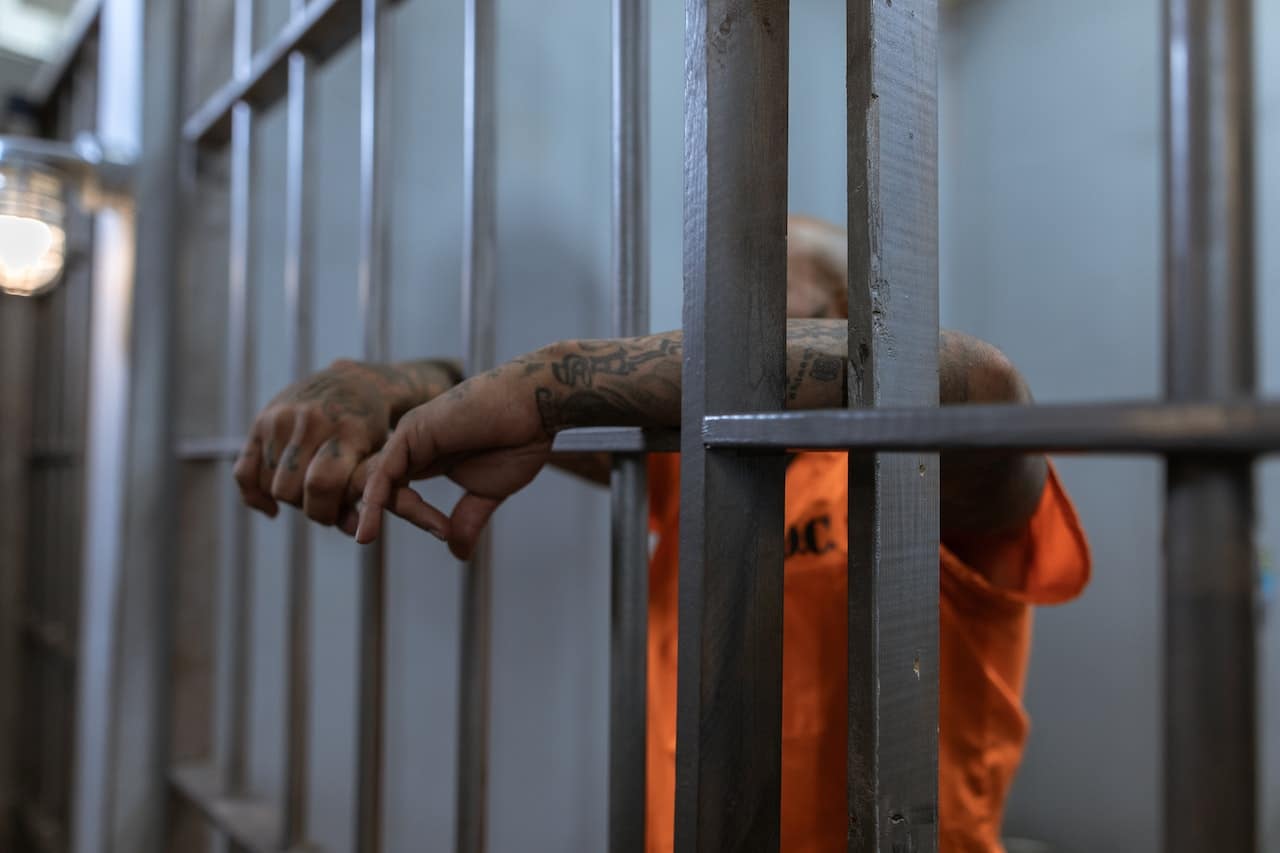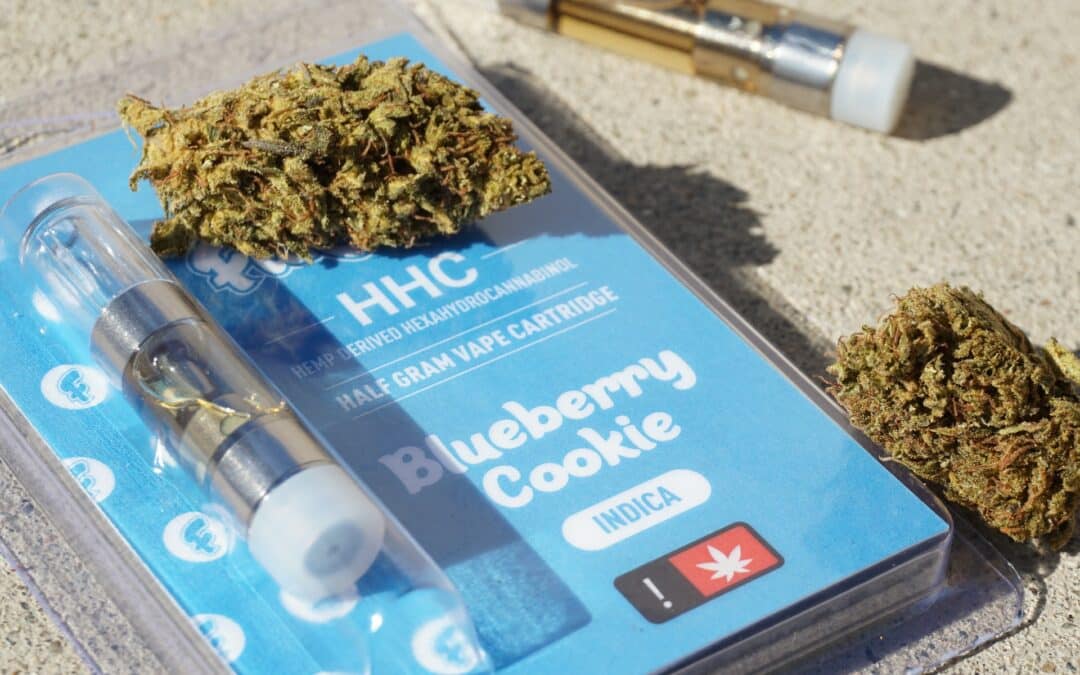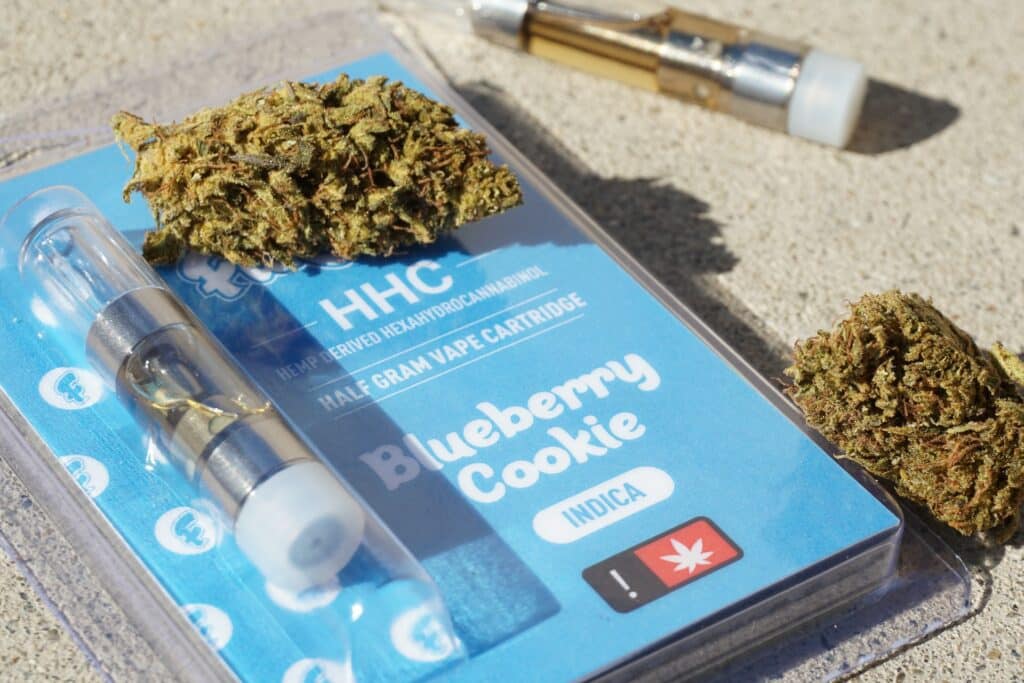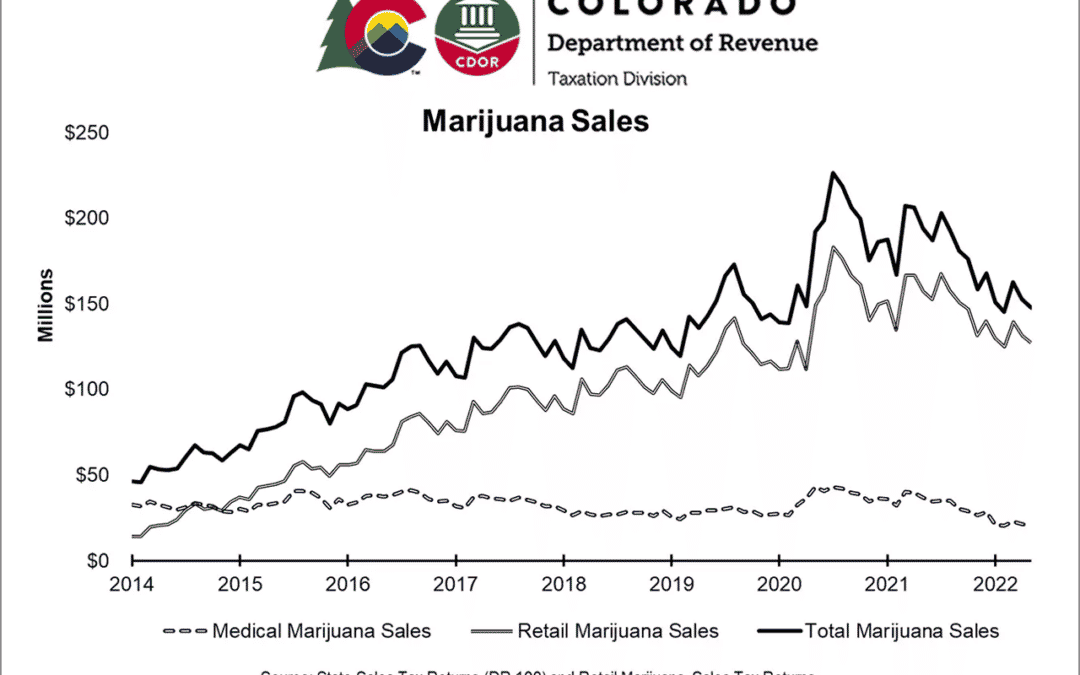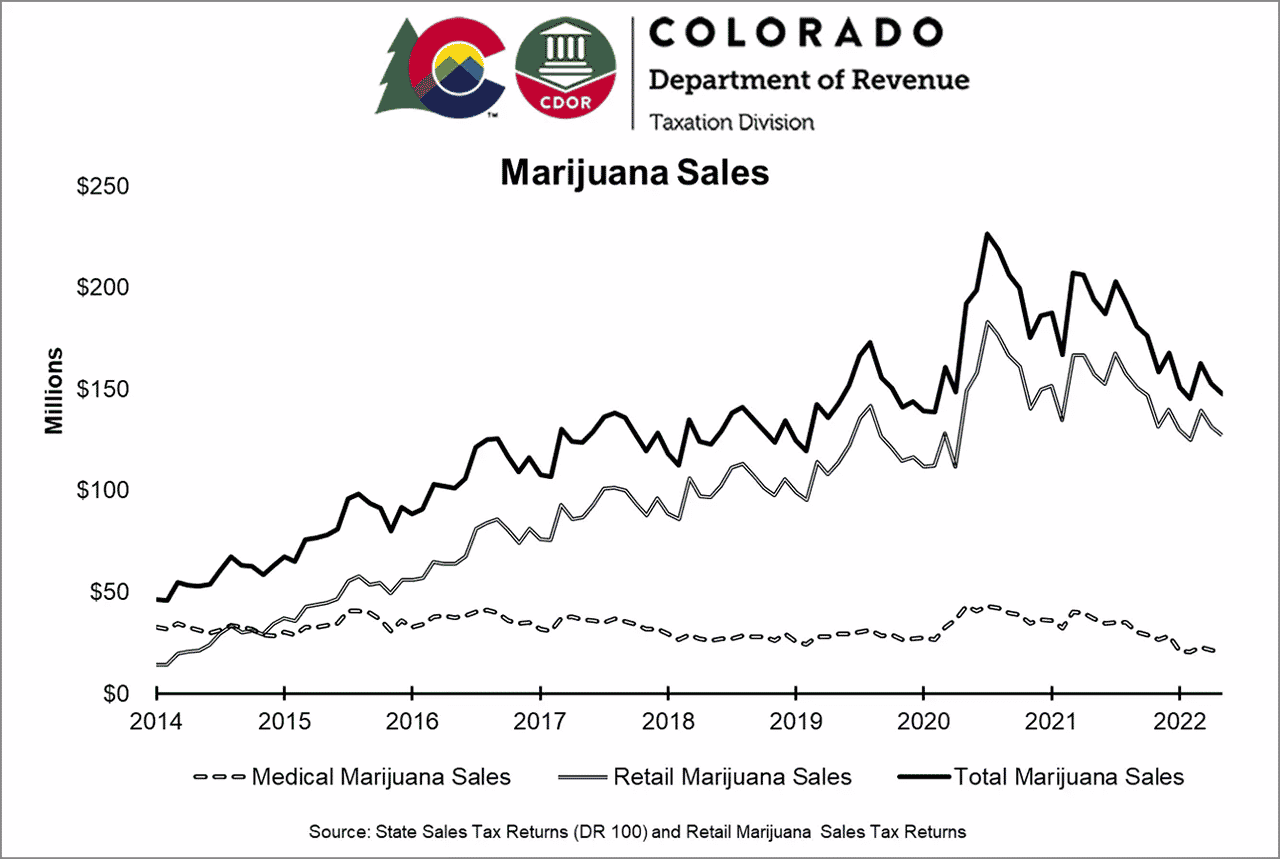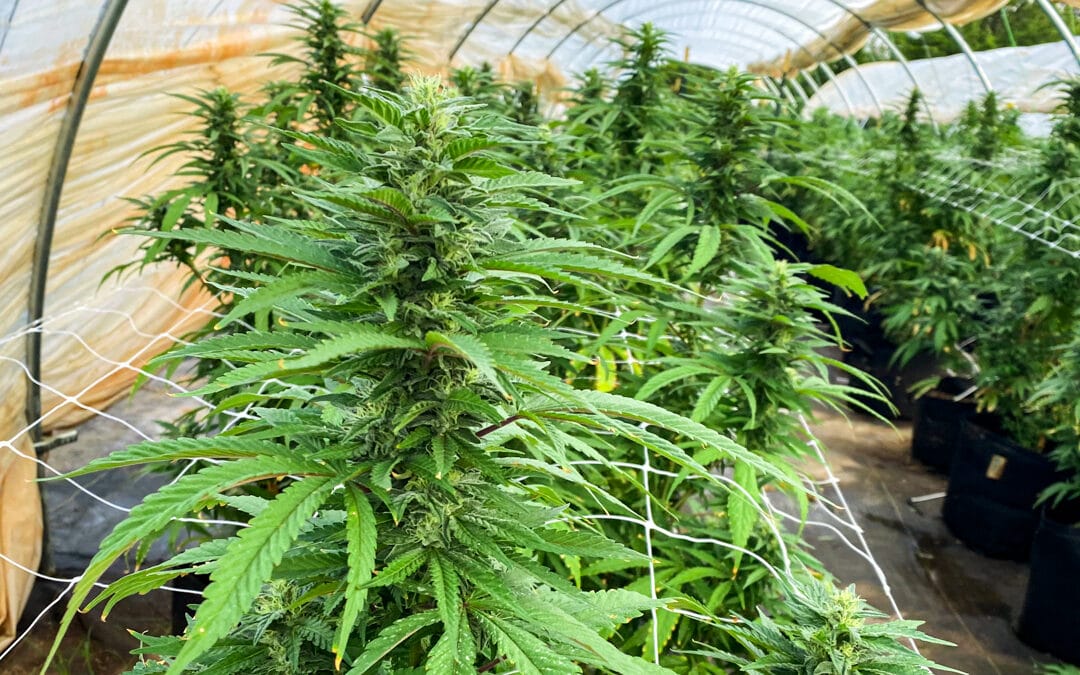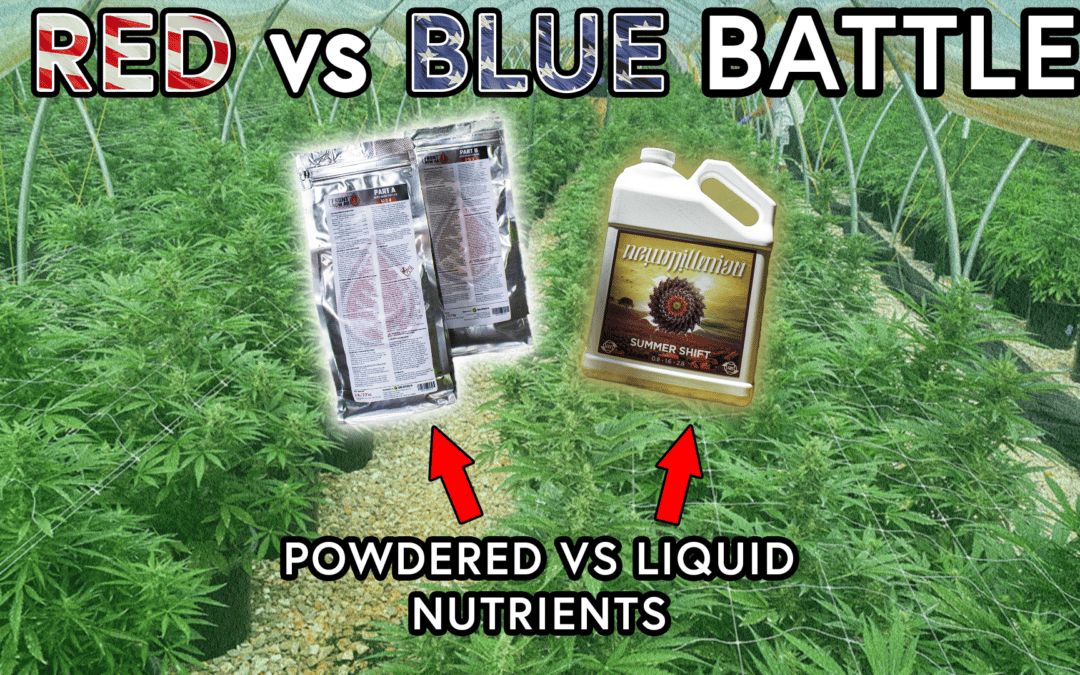
Powdered vs Liquid Nutrients: Which should you choose?
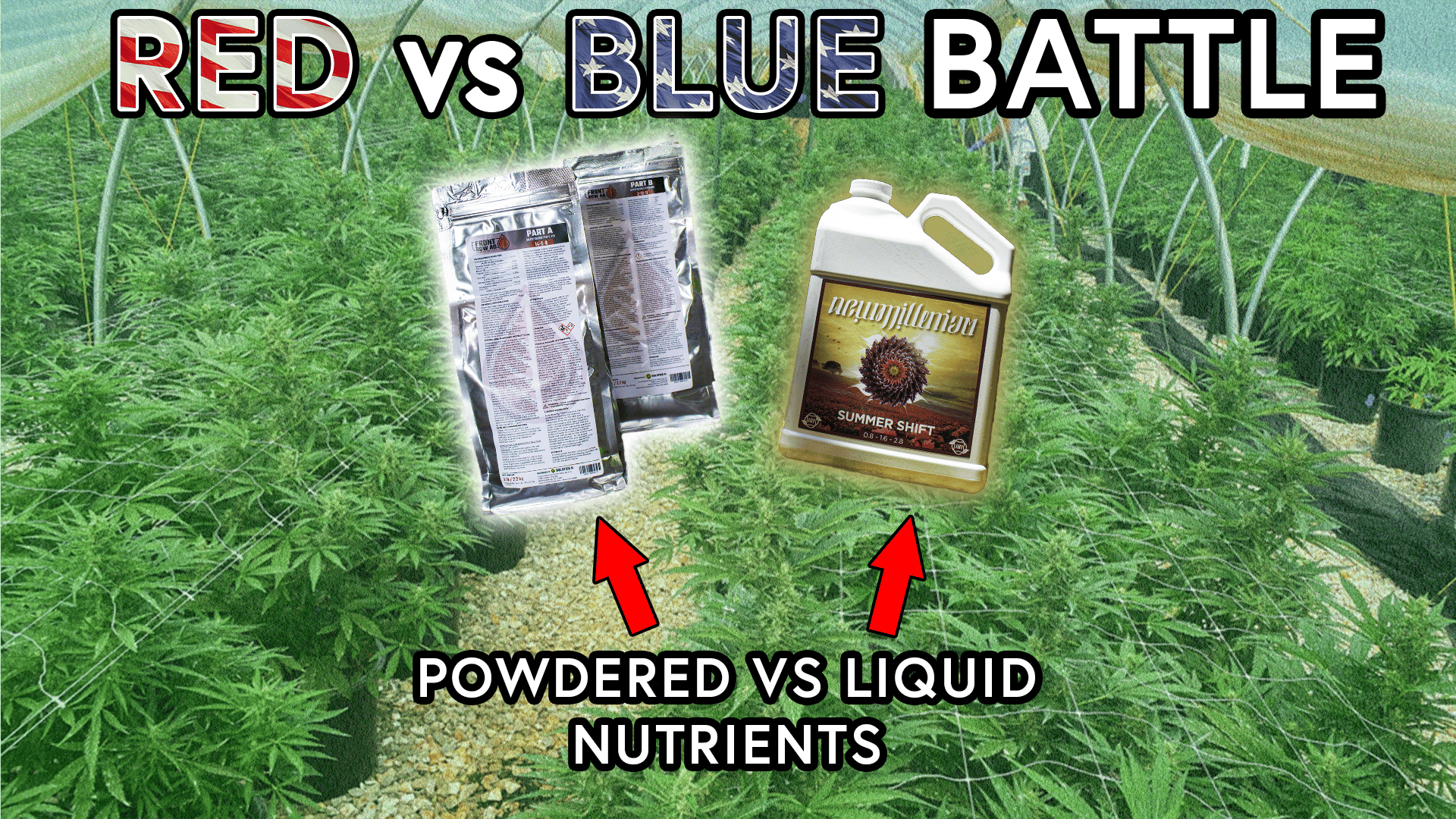
But today we’re talking about nutrients, and settling the powdered vs liquid nutrients debate.
Liquid Nutrients/Liquid Fertilizer
Liquid nutrients have been the standard for large scale cultivation, mainly for its ease of application on a large scale. With a reservoir system and irrigation a grower can easily dose out their liquid nutrients for regular, automated feedings.
Another benefit to liquid nutrients is that they are pre-mixed, saving the grower time which a valuable commodity in the grow. With liquid nutrients it is important to always read the dilution rates.
A highly concentrated liquid fertilizer can overwhelm your plants if not properly diluted and fed on specific schedule. Giving your plants too many nutrient too quickly can result in nutrient burn or nutrient lockout. Luckily these problems can be solved relatively easy if you catch them in time.
One of the most common arguments you may hear against liquid fertilizers is that you are just paying for water. In a sense that is true since liquid nutrients will often come diluted in the bottle. Some liquid nutrients have small concentrations of actual nutrients, resulting in bottles that may be over 80% water.
Additionally with the convenience of pre-mixed liquid nutrients and liquid fertilizers comes a higher price point. This is one of the main reasons many growers have made the switch the powdered nutrients in recent years.
Powdered Nutrients/Powdered Fertilizers
Anybody who has been participating in the legal cannabis industry in the US is likely aware of the current state of the industry. Long story short, it isn’t doing too well!
The average price of cannabis per pound dropped dramatically after COVID. Many growers were forced to completely drop out due to the costs of growing compared to the profit they were making. Others tried to find ways to cut costs.
One of the main ways growers found to cut costs was with powdered nutrients. Powdered fertilizers are cheaper than their liquid counterparts because they don’t come pre-mixed or measured. There is less processing involved in making the product as well, so it is cheaper for the customer.
This in no way makes powdered nutrients inferior. The grower just has to be a little more involved in the nutrient mixing process.
In fact many growers now prefer powdered fertilizer over liquid fertilizer for its simplicity and cost savings. Modern powdered fertilizers come in easily dissolvable granules that mix easily with water so there isn’t much extra work involved.
One downside to powdered nutrients is that the concentration in one scoop might not be the same as the total bag’s nutrient concentration. For example, a powdered fertilizer may be 33% nitrogen, 33% phosphorous and 33% potassium, but a single scoop could be 40%, 30% and 30%.
Because this is much more common in larger powdered fertilizers, companies that sell 25 pound powdered nutrients will recommend batch size concentrations. In other words if you buy a commercial size powdered fertilizer, mix it all at once to ensure consistency instead of scooping out individual feedings.
Powdered vs Liquid Nutrients
As with anything when it comes to growing cannabis, you’ll find solid arguments on both sides of the powdered vs liquid nutrients debate. One side may be more convincing than the other but in the end it just comes down to cost and preference.
For the grower trying to save costs without cutting quality, powdered nutrients is definitely the way to go. A grower that is more concerned with saving time and increasing efficiency may have more luck with liquid nutrients.
Liquid fertilizers offer a level of convenience that powdered fertilizers never will in that they come pre-mixed in most cases. But the time saved may not be worth the extra cost in comparison to powdered fertilizers which provide the same level of nutrition with just a little more work involved.
Whatever you may decide, check out Cultivate Hydroponic’s video on the topic with Jimmy and Darryl in a Red vs Blue Battle!


